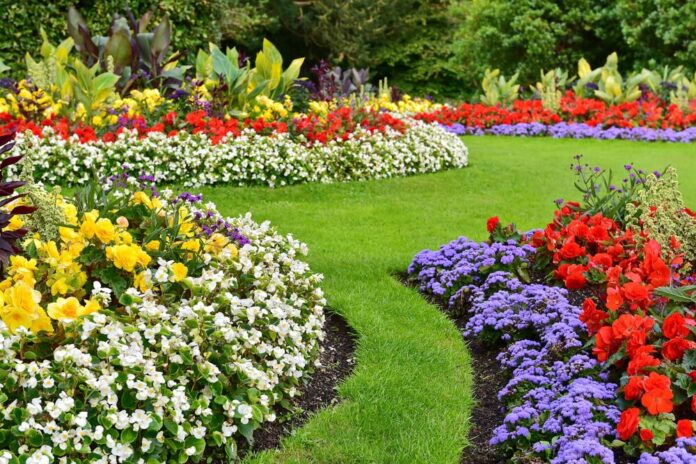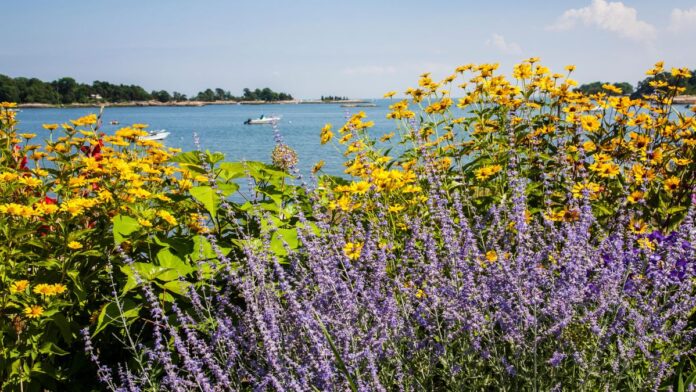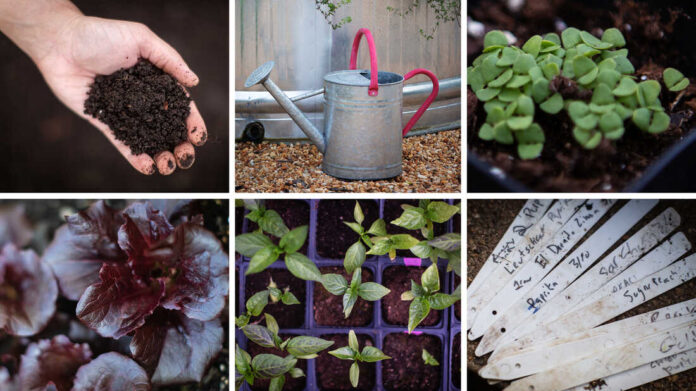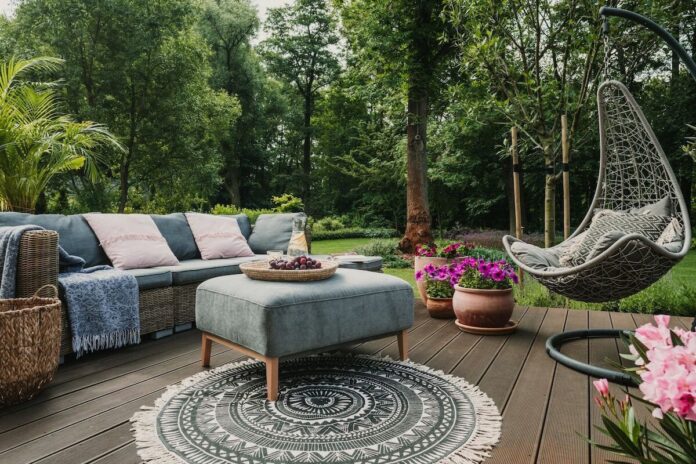Whether you actually live by the sea and need a little help with your choice of plants that’ll survive the maritime conditions. Or, if you are looking to add a touch of the seaside to your garden, you have come to the right place!
This article will guide you through creating that idyllic seaside garden with fresh ideas on how to design it. With a few good choices, your dream garden can be both beautiful and functional.
Some tips to have in mind

The first thing you need to do for your garden is choosing the right plants. If you are more into hedging, consider double-flowered gorse, sea buckthorn or tree purslane. Other good options are short ground-hugging plants such as thrift, aubrietia and knotweed. If you are like most people and prefer taller plants, sea holly and sea lavender are two of the best possible choices for you.
When choosing the plants for your seaside garden, you should look for those with “littoral” or “maritime” in the name. These are off the shore and the sea, respectively, and will better withstand the harsh conditions found near the coast. You should also buy plants with long, narrow, tiny, or leathery leaves. They are better equipped to deal with strong winds and salt spray.
Another essential element to consider in a seaside garden are grasses. They help stabilise the soil and provide a buffer from sand, salt and wind. Two good options are sea beach sandwort and sea rocket. Lastly, don’t forget about bayberry and beach plums. They will provide berries for the local wildlife.
When do you need to start planting?

To have a seaside garden, you need to start planting in the spring. This is because most plants need approximately six weeks to germinate and grow before being transplanted into the garden.
You should also take into consideration the growing season in your area. In some parts of the country, the growing season is very short, so you need to start your plants early. In other parts of the country, that season is longer, and you can wait a little more before you start growing your plants.
Some flowers, such as annuals, need to be planted every year. Others, such as perennials, will come back year after year without needing to be replanted. Of course, it is up to you to decide which type of plant you want in your seaside garden.
Once you have chosen and know when to start planting, you need to select the right location for your garden. It should be in an area with at least six hours of sunlight daily and well-drained soil. If you live in an area with a lot of wind, you might have to choose a sheltered location to protect your plants.
Hardiness is vital in your choice of plants

Hardiness is an essential factor when choosing plants for your seaside garden. Some plants are more tolerant to salt and wind than others. Depending on whether you live in an area with a lot of salt spray, you should choose plants resistant to salt damage.
Wind can also be a problem near the coast. Choose plants that can withstand them. Look for plants native to coastal areas, which will be more adapted to the conditions.
A perfect outdoor eating area

When planning your seaside garden, remember to create a perfect outdoor eating area! Whether you’re looking to entertain guests or simply enjoy a meal with your family, an outdoor eating area is a great addition.
First, choose a location for your outdoor eating area that gets plenty of sunlight. This will ensure you can enjoy your meals during the day and into the evening. Secondly, make sure to pick furniture that is comfortable and stylish.
Outdoor furniture comes in various materials, so choose something that fits your style and budget. Lastly, add some finishing touches to your space with decorations like potted plants or lanterns. These final touches will make your outdoor eating area feel like an extension of your home.
If you need help designing and creating your perfect seaside space, consult with professionals for advice. Experienced landscape gardeners will visit your home, discuss your ideas, and provide accurate tips and tricks you can implement. You will benefit from your perfect outdoor vision without stressing out about the space you must relax in.
Very few weeds can survive a salty and sandy environment

Keep in mind that there are very few weeds that can survive in a salty and sandy environment. The main reason for this is that most plants cannot tolerate high levels of salt and sand. There are a few salt-tolerant plants that can thrive in these conditions, but they are not commonly found in gardens.
These include sea lavender, glasswort, and spartina grass. If you plan on growing your garden in an environment with a lot of salt and sand, you should make sure to choose plants that can tolerate these conditions. Of course, gardening maintenance could be pretty challenging. However, it is not impossible.
You may encounter a few problems with your seaside gardening

When planting your seaside garden, you may encounter a few problems. One problem you may face is high winds. Strong winds can damage delicate plants and cause them to break or bend. Another problem you may encounter is salt spray.
It can damage their leaves and stems and even kill some plants. If, by chance, you live in an area with high winds or salt spray, it is necessary to take special precautions to protect your plants.
Another potential issue that you need to consider is soil erosion. This is a problem in coastal areas because the waves erode the land and carry away topsoil. As a result, the plant roots may be damaged, thus making it difficult for them to get the nutrients they need.
Finally, just like in any other garden, you may also encounter pests and diseases in your seaside paradise. Infestations are more common in coastal gardens due to the salty air and sandy soil, which is a very pleasant environment for them.
Conclusion
Having a seaside garden, or an inspired one can be pretty challenging. However, when following all the tips mentioned above can become a fun way to maintain your garden. Read carefully, make your choices and enjoy your new wonderful healthy seaside garden.




